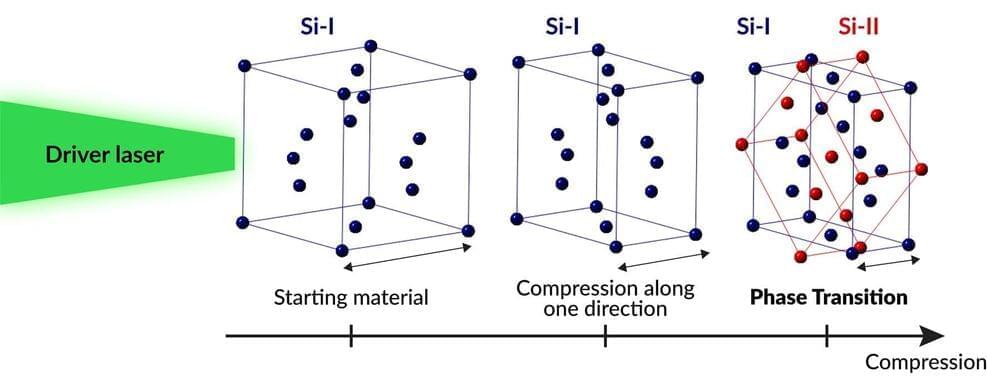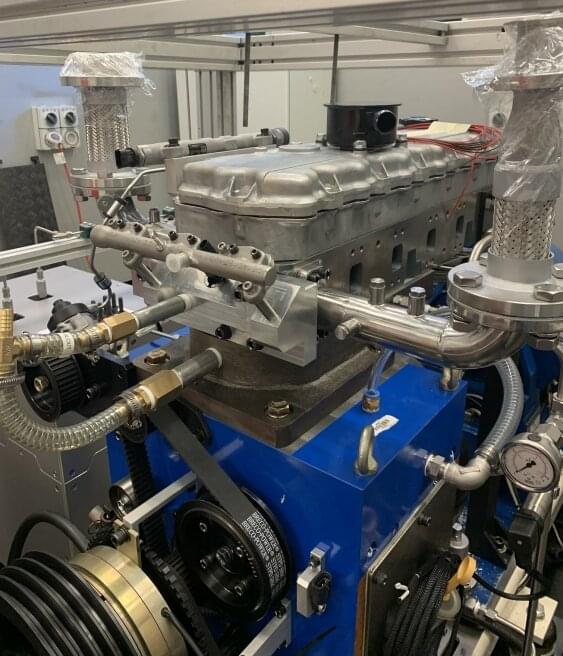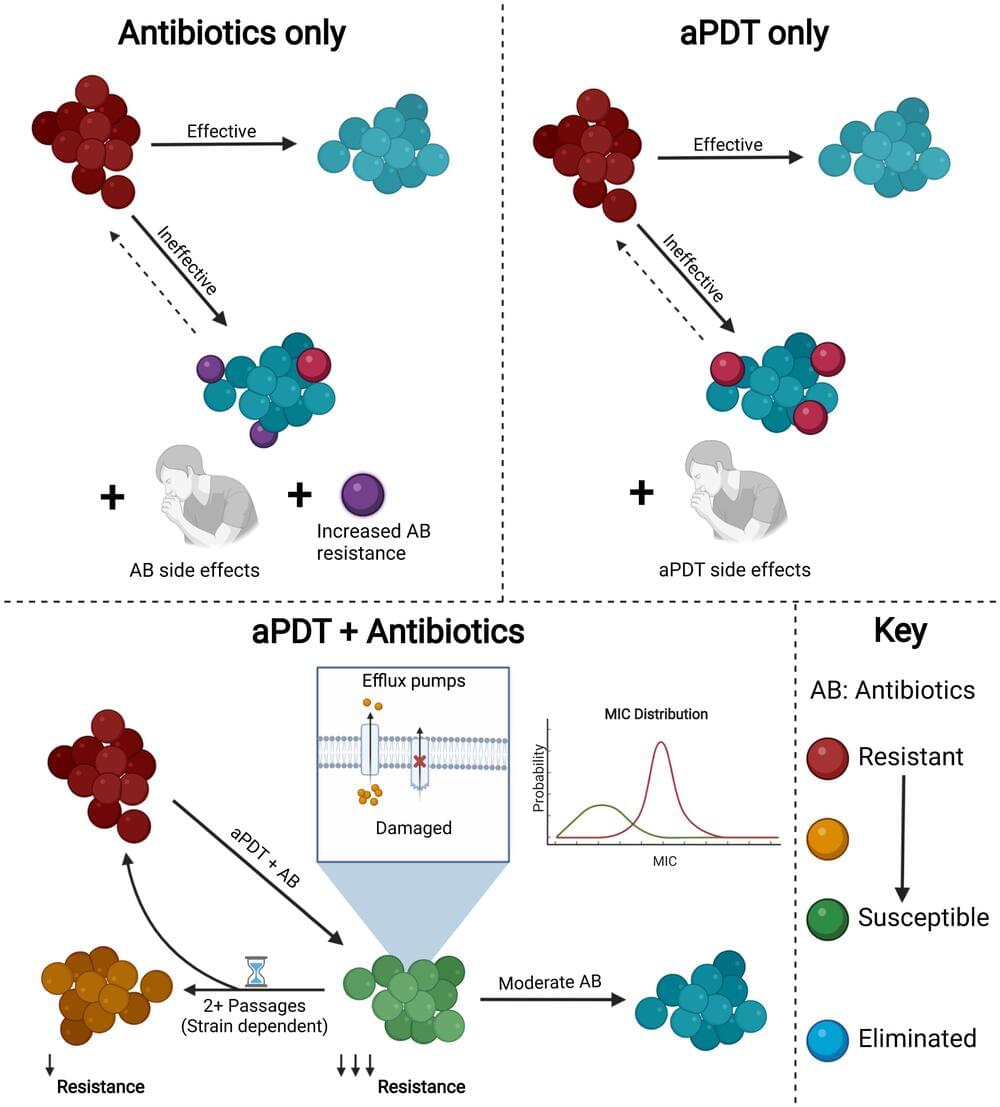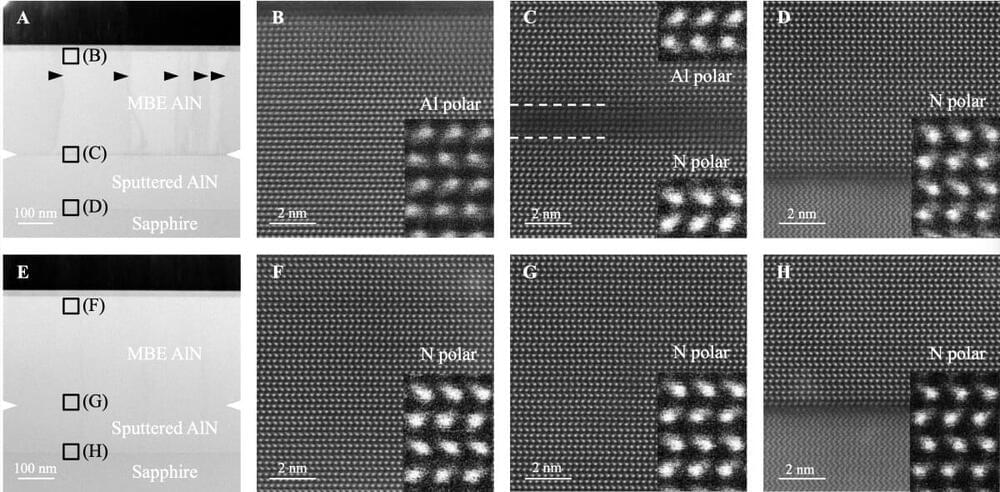Can scientists read your mind and figure out what you’re thinking just by looking at your brain? Well, sort of.
In this episode of The Social Brain with Taylor Guthrie (@The Cellular Republic) and I (@Sense of Mind) talk about a fascinating new area of cognitive neuroscience, called “brain decoding” as well as its counterpart, “brain encoding,” and related topics. It all centers on the question posed above and the future applications, some of which are scary while others are inspiring.
– What do you want us to cover in future episodes? Drop it in the comments!
Link to follow:
Make sure to subscribe to Taylor’s Channel: @The Cellular Republic.
Videos that we mentioned:
- Breaking the Neural Code (James Haxby talk): https://youtu.be/gl3du4CaALg.
- Kanwisher vs. Haxby Debate: https://youtu.be/u1xTfTPqWmo.
- Decoding Language Representation (Alexander Huth talk): https://youtu.be/rmqzLv089b4
- Engineering Thoughts and Memories (Jack Gallant talk): https://youtu.be/muwIhFLqies.
Podcast: Social Brain Podcast:






